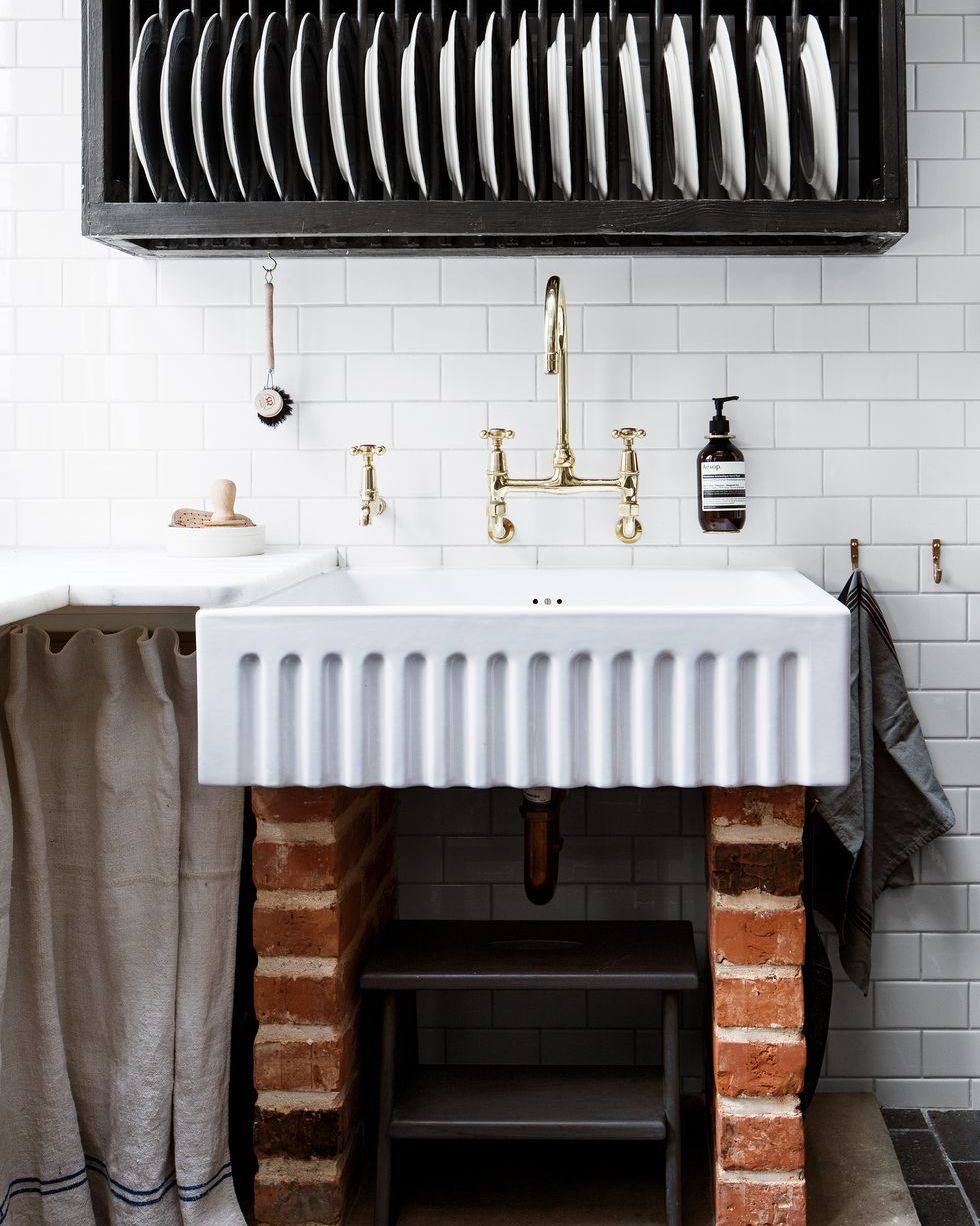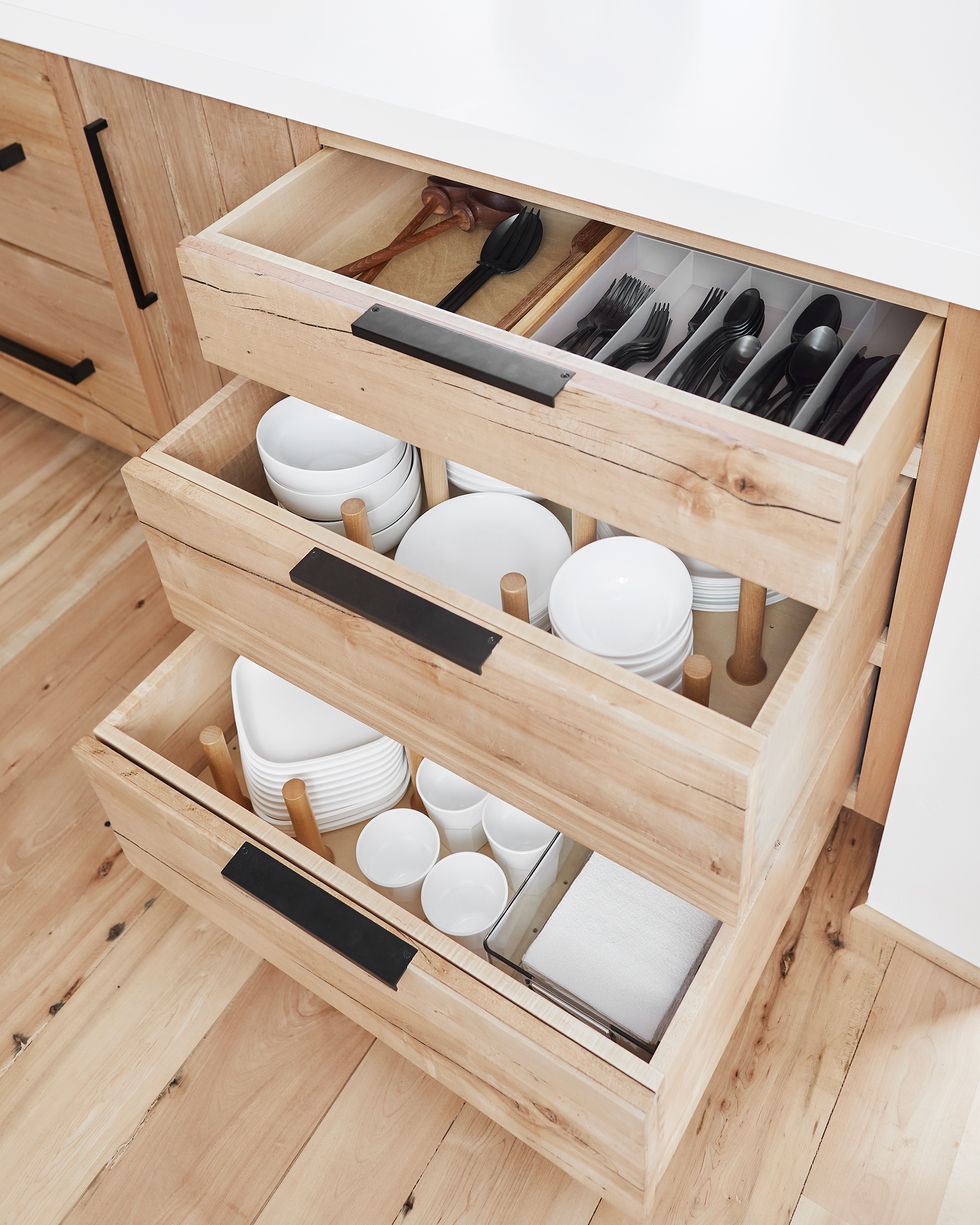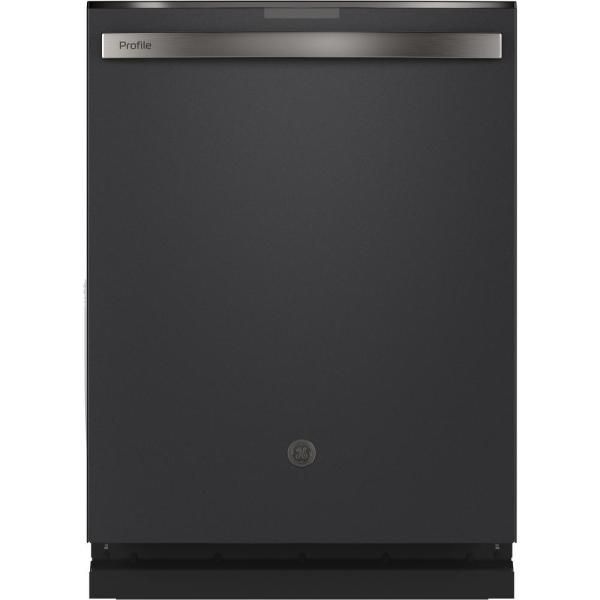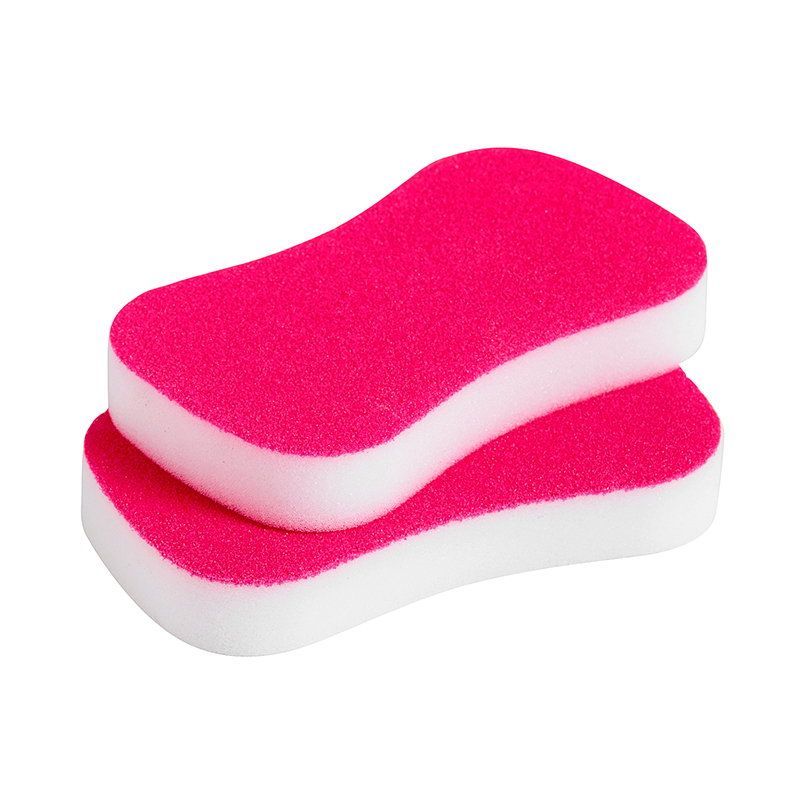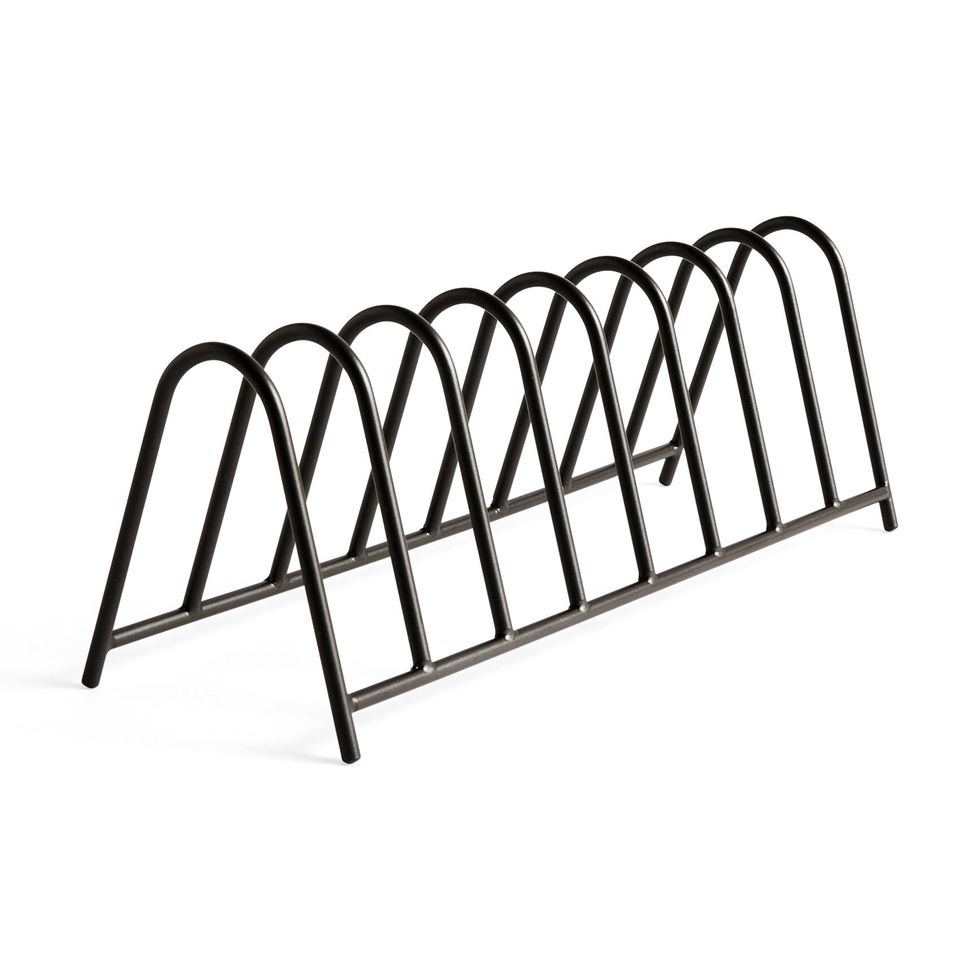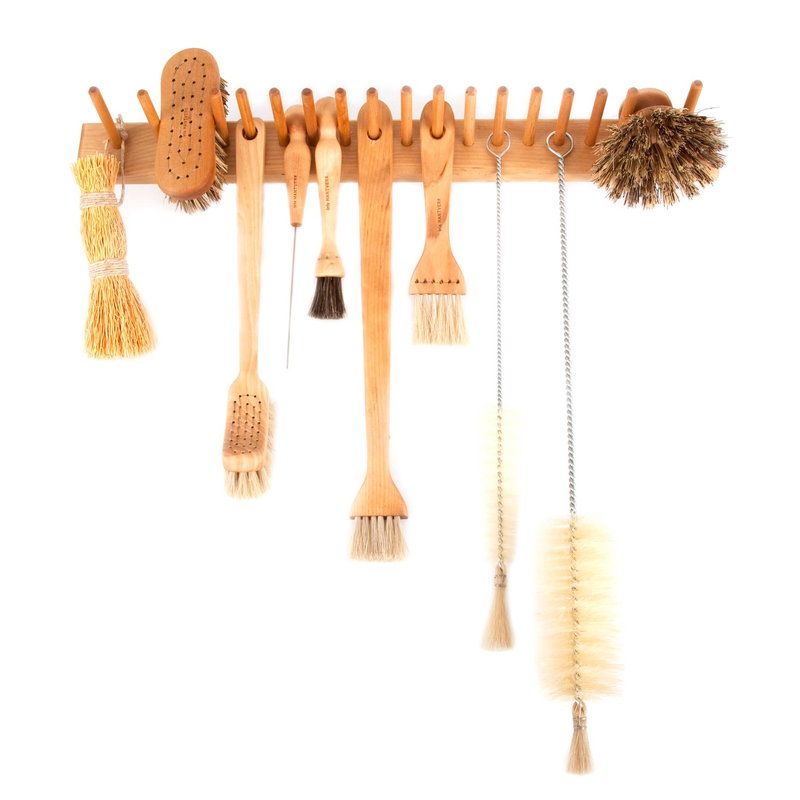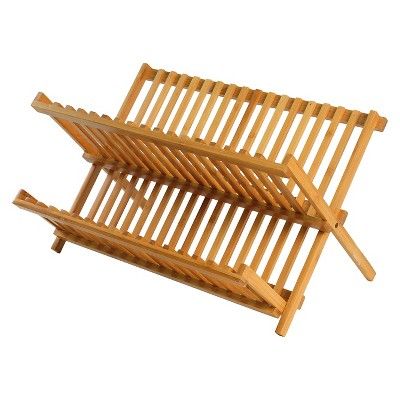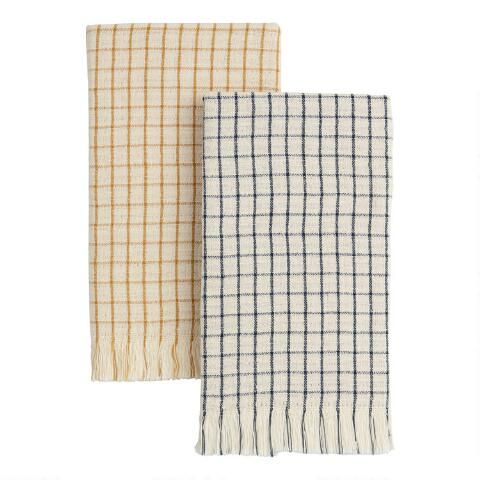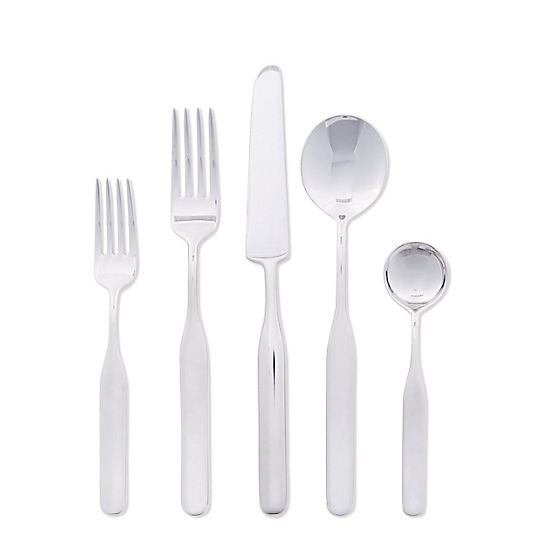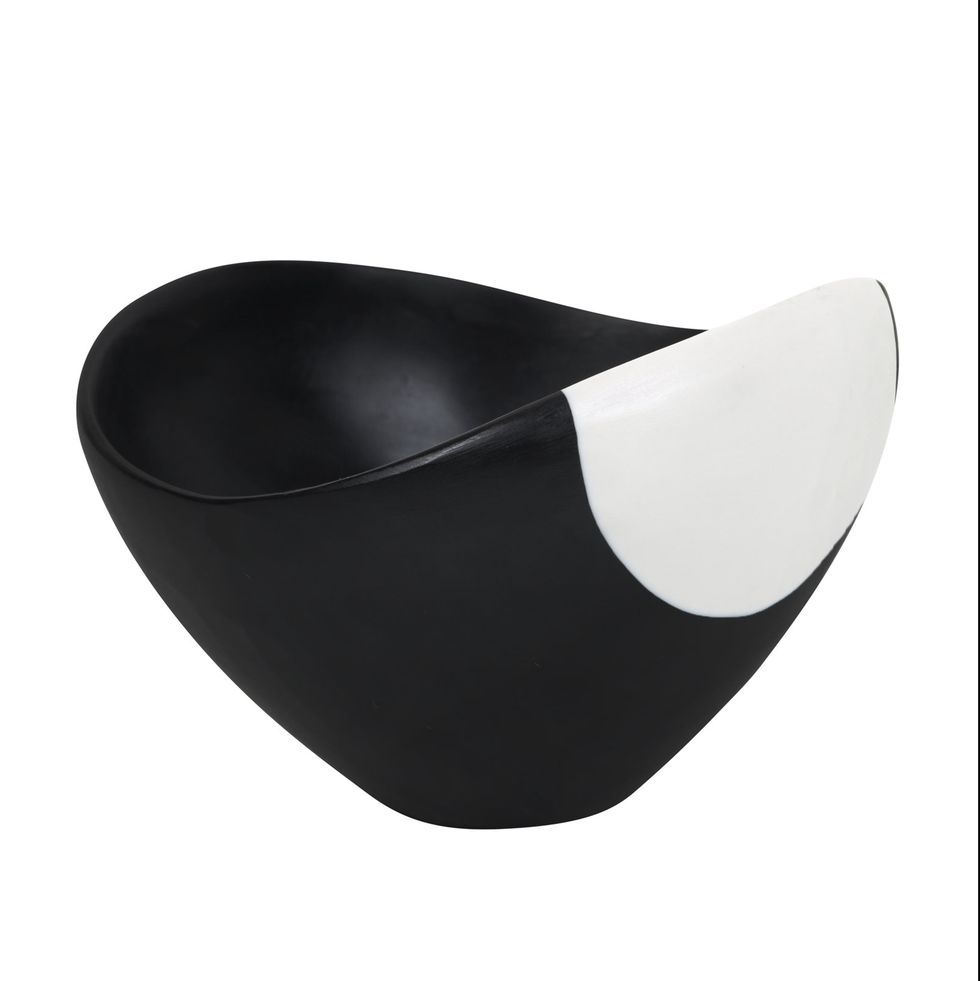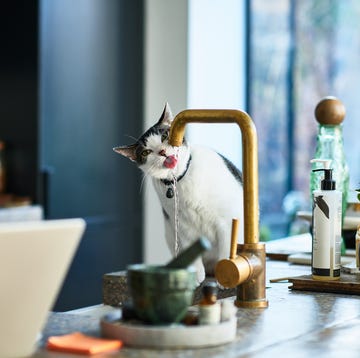It's fair to say about half of family feuds are linked to chores. Of that half, arguments over how to load the dishwasher surely rank high. For an appliance that's supposed to make life easier, it's awfully controversial. Do knife tips go up or down? Should you pre-rinse or not? Are plastic containers a no-go, or is it fine to put them on the top rack?
To find out the best way to load a dishwasher once and for all, we asked a GE representative to lend their expertise. Of course, the correct way to load a dishwasher will vary slightly from brand to brand and even model to model, so we stuck to the general rules for optimal dishwasher hygiene and maintenance. Read our revelations below, then if you're the kind of person who goes back and reloads other family members' work, you just might want to print them out and stick them on the fridge for easy reference.
How to Load Forks and Spoons
If your dishwasher has a slim upper rack specifically for cutlery and small bowls, use it. Arrange forks and spoons on their side between the dividers. If you have a cutlery basket instead, space out your forks and knives evenly among its sections with the handle side down. Don't overcrowd the basket or your utensils may not get cleaned as thoroughly.
How to Load Knives
For safety reasons, it's important to leave the blade tip of most knives pointing down so you don't cut yourself when unloading. Butter knives and duller knives, though, can be loaded handle side down. For super-sharp knives and cooking knives, most chefs agree hand-washing is best. Dishwasher detergents are quite abrasive, and the thin blade could knock into another utensil and get damaged; the heat and hot water can also weaken a wooden handle.
How to Load Serving Utensils
If your serving pieces are metal, plastic, or silicone, place them in the top rack. Lie them flat and try not to overcrowd the rack to ensure a thorough cleaning. Hand wash wooden serving utensils. As with knife handles, they can warp, split, and get damaged in the high heat and water of the dishwasher.
How to Load Glasses
Load your glasses on the top rack, not the bottom. If your dishwasher has special goblet or stem holders, make sure to use those for more fragile pieces, like wine glasses. These will hold them steady and maintain even spacing.
How to Load Plates
Space the plates evenly apart evenly on the bottom rack. Cramming two into one slot is a bad idea, even if they can fit; fragile pieces could break, and they definitely won't get as clean. Unless they're made of delicate porcelain, most plates are sturdy enough to handle the bottom rack. If you're worried about it, hand washing is always the safest route.
How to Load Bowls
Load small bowls onto the top rack down the center. Lying them flat is best if they can fit that way (most dishwashers allow you to fold down the tines), but it's okay to have them slightly tilted. As long as you don't bunch them up way too closely or load them onto the bottom rack, you're golden. Larger bowls, however, can go on the bottom rack as long as they aren't plastic or prone to melting or warping from high heat. Metal, glass, and ceramic bowls are totally fine to nestle among the plates if you're out of room up top.
How to Load Plastic Containers
Don't load any plastic containers on the bottom rack. It's too hot for them, and they will likely melt. This goes for plastic cooking utensils, food-storage containers (and their lids), and mixing bowls. But before you start scrubbing them down with your hands, don't worry: You can still load them onto the top rack in the same manner as bowls because it's not as hot up there.
How to Load Larger Dishes
First of all, make sure there's enough room for them to be loaded without covering any other dishes. If there is, it'll likely be on the bottom section. Lying them flat or on their side is fine. Stainless steel pots and pans are also dishwasher safe, but make sure to dump any excess food before loading them.
Finally, Don't Prerinse
It's one of the most controversial dishwasher dilemmas: To prerinse or not to prerinse? While it's definitely good to scrape off huge chunks of leftover food, do not rinse traces and remnants of food before you load dishes into the dishwasher. It may sound gross and counterintuitive, but dishwasher detergent actually needs a little grime to work its best. As The Wall Street Journal explains, "enzymes in Cascade detergent are designed to attach themselves to food particles. Without food, the enzymes have nothing to latch on to. So, basically, detergents won't know they need to clean if there isn't enough grime to tell them." Your dishwasher may also have sensors that start measuring how dirty the water is at the start of the cycle; if they don't detect anything, they may not give your dishes as thorough a scrubbing as you'd like.
For those who prefer to let their dishes soak overnight, the same general rules apply. Let your dishwasher and detergent do their thing. You can scrape or take a scouring pad to super-stubborn baked-on food residue to get the worst of it, but then place it in the dishwasher with the rest of your dishes. There's nothing worse than waking up to chores that you could have finished the night before.
All this being said, consult your dishwasher's manual for details and dos and don'ts, as well as cleaning and maintenance instructions. No worries if you don't have it; just search for the manufacturer and model number online, and it'll pop right up.
Follow House Beautiful on Instagram.

Hadley Mendelsohn is the co-host and executive producer of the podcast Dark House. When she's not busy writing about interiors, you can find her scouring vintage stores, reading, researching ghost stories, or stumbling about because she probably lost her glasses again. Along with interior design, she writes about everything from travel to entertainment, beauty, social issues, relationships, fashion, food, and on very special occasions, witches, ghosts, and other Halloween haunts. Her work has also been published in MyDomaine, Who What Wear, Man Repeller, Matches Fashion, Byrdie, and more.
Kate McGregor is House Beautiful’s SEO Editor. She has covered everything from curated decor round-ups and shopping guides, to glimpses into the home lives of inspiring creatives, for publications such as ELLE Decor, Domino, and Architectural Digest’s Clever.

